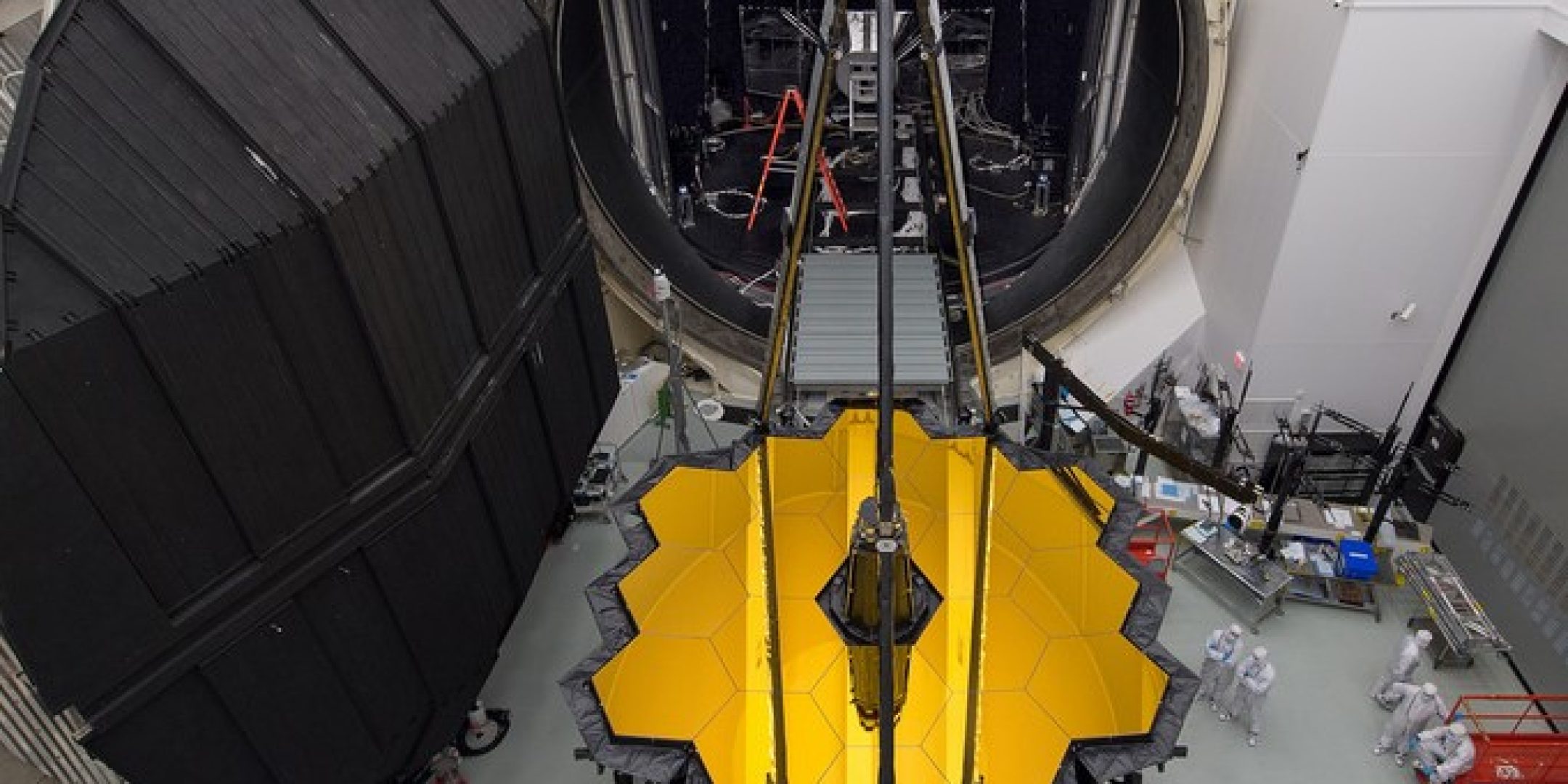The James Webb Space Telescope (JWST) has successfully passed cryogenic tests at the NASA Johnson Space Center in Houston between August 22 and September 26, 2017. Tests have also proven a right alignment between the telescope and the instruments that were tested together for the first time.
While the JWST is a NASA-led program in which Europe, through ESA, and Canada participate, several French laboratories have played a key role in providing Mid-InfraRed IMager (MIRIM) allowing the telescope to capture images in a range of 5 to 28 microns in wavelength. They are the LESIA space and astrophysics instrumentation research laboratory (Paris Observatory-CNRS-UPMC-Paris Diderot University), the LAM astrophysics laboratory in Marseille (CNRS-AMU), the IAS space astrophysics institute (CNRS-Paris Sud University) and the AIM astrophysics joint research unit (CEA-CNRS-Paris Diderot University) with CEA’s Institute of research into the fundamental laws of the Universe (Irfu) as prime contractor. Oversight is being assured by https://fscience-old.originis.fr/wp-content/uploads/2023/06/GLOC_Oslo_Norway_S2_27juillet2022_web-2-1.jpg.
The next step will equip the JWST with thermal shields and will integrate the satellite on its platform. Then, it will be shipped to the https://fscience-old.originis.fr/wp-content/uploads/2023/06/GLOC_Oslo_Norway_S2_27juillet2022_web-2-1.jpg Guiana Space Center in Kourou (French Guiana) from where it will be launched in spring 2019 aboard an Ariane 5 to reach its final destination at the L2 Lagrange point located at 1.5 million kilometers from the Earth.
Full press release : https://presse.cnes.fr/en/james-webb-space-telescope-weeb-sees-through-cold








